Name Francis Tumblety | ||
 | ||
Books Narrative of Dr. Tumblety - How He Was Kidnapped During the American War, His Incarceration and Discharge | ||
Francis Tumblety Family Gravesites
Francis Tumblety (c.1833 – 28 May 1903) was an Irish-born American medical quack who earned a small fortune posing as an "Indian Herb" doctor throughout the United States and Canada. He was an eccentric self-promoter and was often in trouble with the law. He has been put forward as a suspect for the notorious and still unsolved Jack the Ripper murder spree in Whitechapel, London, in 1888.
Contents
- Francis Tumblety Family Gravesites
- Lets Play Sherlock Holmes jagt Jack the Ripper Blind 49 Dr Tumblety
- Early life
- Career
- Jack the Ripper suspect
- Last years
- References
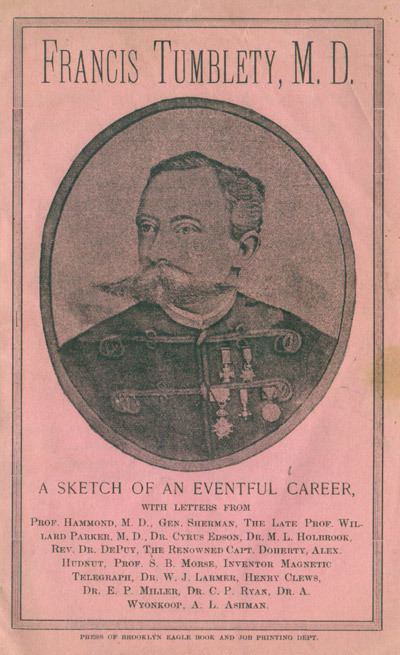
Let's Play Sherlock Holmes jagt Jack the Ripper [Blind] - 49 - Dr. Tumblety
Early life
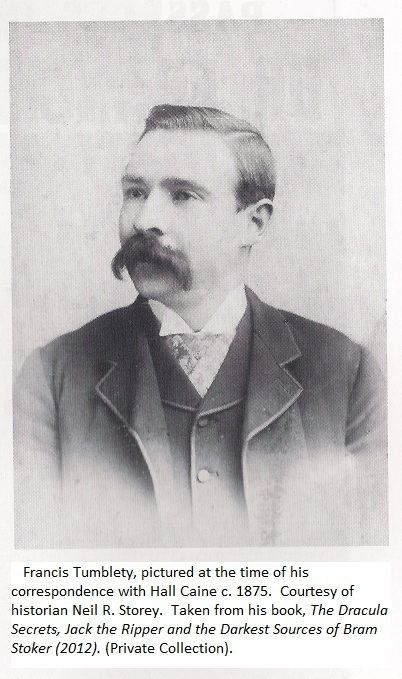
According to the 1850 United States census, Tumblety was born in Ireland. His parents, James and Margaret Tumuelty (so spelled on their tombstone), along with his 10 brothers and sisters, emigrated to Rochester, New York, a few years after his birth. By the age of 17 he was selling books, which were possibly pornographic, along the Erie Canal between Rochester and Buffalo. He then found brief employment as a cleaner at the Lispenard Hospital, in Rochester, which had a dubious medical reputation for performing gynaecological operations and "cures" for sexual temptation. He left home around 17, and did not return for 10 years.
Career
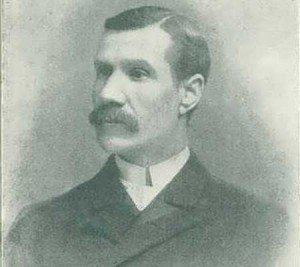
Tumblety set himself up in business, initially in Detroit. He claimed to be a "great physician", but was commonly perceived as a quack. He sold patent medicines such as "Tumblety's Pimple Destroyer" and "Dr. Morse's Indian Root Pills", and gained a reputation for his eccentric, ostentatious clothes, which were frequently of a military nature. According to Tumblety, by 1857 he was practicing medicine in Canada, before moving to New York and Washington, D.C., where he claims to have first been introduced to Abraham Lincoln. Tumblety's medicinal approach was based on herbal remedies over mineral "poisons" (mercury) or surgical techniques. He was connected to the death of one of his patients in Boston, but escaped prosecution.
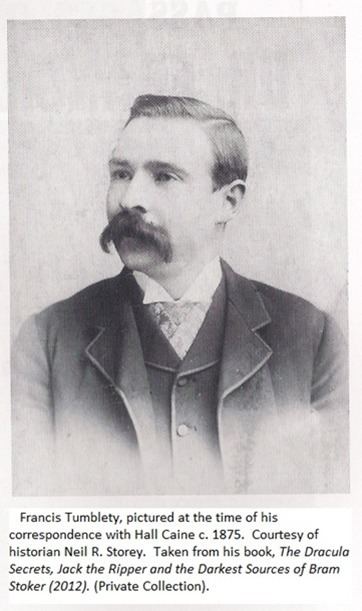
In 1858 he returned to Rochester apparently a rich man, making an ostentatious display of his wealth and new social standing, and claiming that it had been achieved through patenting of his medicinal cures.
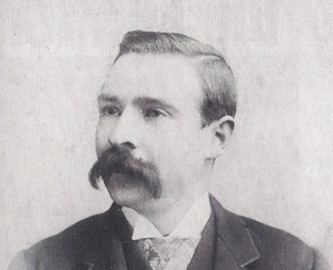
Federal tax records show he was in Maryland in early 1863, but he soon moved to St. Louis, Missouri, living at 50 Olive Street.
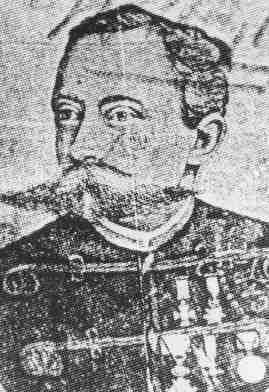
On May 5, 1865, he was arrested in St. Louis and taken to Washington on orders of the Secretary of War for alleged complicity in the Abraham Lincoln assassination, simply because he was an acquaintance, which he denied, of David Herold, who was captured with John Wilkes Booth. There was nothing to tie him to the plot, however, and Tumblety was released without charge on May 30.
In 1881 he was arrested in New Orleans for pick pocketing.
Tumblety appeared to revel in denouncing all women, but reserved a special hatred for prostitutes; he blamed his misogyny on a failed marriage to a prostitute. In Washington, D.C., he displayed a collection of uteruses preserved in jars, which he kept in his study, to his guests at an all-male dinner party, and proudly boasted that they came from "every class of woman".
Jack the Ripper suspect
Tumblety visited Europe several times, including Ireland, Scotland, England, Germany, and France. He claimed to have been introduced to Charles Dickens and King William and to have provided treatment to Louis Napoleon, for which he was awarded the Cross of the Legion of Honor. During one visit he became closely acquainted with Victorian writer Hall Caine, with whom it has been suggested he had an affair.
Professional police officers and amateur historical researchers Stewart Evans and Paul Gainey, detailed evidence in their 1996 book Jack the Ripper: First American Serial Killer that Tumblety was temporarily resident in a boarding house in the Whitechapel district during the brief period of the murder rampage of Jack the Ripper, and pieced together a case that he may be the culprit.
The Metropolitan Police arrested Tumblety on 7 November 1888 on unrelated charges of "gross indecency", apparently for having been caught engaging in a homosexual encounter, which was illegal at the time. Whilst awaiting trial on this charge on bail of £300 (equivalent to £30,000 today), and knowing that Scotland Yard was increasingly interested in him with regard to the recent murder spree in Whitechapel, he fled England for France on 20 November under the false name of Frank Townsend, and on 24 November 1888 he returned to the United States. Already notorious in the United States for his self-promotion and previous brushes with the law, Tumblety's arrest in London was reported in The New York Times as being connected to the Ripper murders. American newspaper reports that Scotland Yard tried to extradite him have not been confirmed by research in the contemporary British press or the London police files. However, English police inspector Walter Andrews travelled to America, perhaps partly to trace Tumblety. The New York City Police, who had him under surveillance, said "there is no proof of his complicity in the Whitechapel murders, and the crime for which he is under bond in London is not extraditable". Tumblety published a self-aggrandising pamphlet titled Dr. Francis Tumblety – Sketch of the Life of the Gifted, Eccentric and World Famed Physician, in which he attacked the rumours in the press but omitted any mention of his criminal charges and arrest.
Tumblety was mentioned as a Ripper suspect by former Detective Chief Inspector John George Littlechild of the Metropolitan Police Service in a letter to journalist and author George R. Sims, dated 23 September 1913, which was discovered by Evans and Gainey for sale in an antiquarian bookshop in Richmond-upon-Thames. Littlechild suspected Tumblety because of his extreme misogyny and his previous criminal record.
Other Ripperologists have dismissed Tumblety as a plausible Ripper suspect, citing the fact that his appearance and age did not match the description of any of the men that were seen with the murder victims, and that his relatively tall height of at least 5 feet 10 inches (1.78 m) and enormous moustache would have made him particularly conspicuous. However, a contemporary interview describes Tumblety as having a much smaller moustache at the time of the Whitechapel murders than is seen in the well known photograph of him.
Last years
Tumblety returned to Rochester and moved in with an elderly female relative, whose house also served as his office. He was living in Baltimore, Maryland, during the 1900 census, but returned to St Louis, where he died in 1903 of heart disease. His body was buried in the family plot in Rochester's Holy Sepulchre Cemetery.
